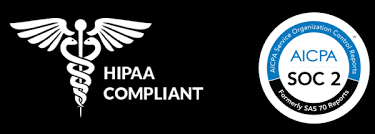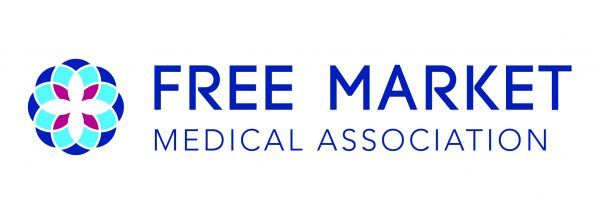What are level-funded health benefits?

Level-funded health plans are gaining traction among small to mid-sized businesses as an effective way to provide health benefits while managing costs. These plans blend the predictability of fully insured health plans with the potential savings of self-funding, making them an appealing option for employers and employees alike. When combined with Direct Primary Care (DPC) models, level-funded plans can significantly enhance the overall health benefits offered.
Understanding Level-Funded Plans
Level-funded health plans operate on a straightforward premise: employers pay a consistent monthly premium that covers administrative costs, expected claims, and stop-loss insurance. This structure allows employers to budget effectively while also providing their employees with comprehensive health coverage. The monthly payment typically includes:
Claim Liability: The maximum expected claims based on actuarial projections.
Administrative Fees: Costs associated with managing the health plan.
Stop-Loss Insurance: Protection against unexpectedly high claims that exceed a predetermined threshold.
At the end of the plan year, if actual claims are lower than projected, employers may receive a refund of unused premiums, which is a significant advantage over traditional fully insured plans where no such refunds are available.
Benefits for Employers
Cost Predictability
One of the primary advantages of level-funded plans is cost predictability. Employers pay a fixed amount each month, which simplifies budgeting and financial planning. This stability is particularly beneficial for small businesses that may struggle with fluctuating healthcare costs.
Potential for Savings
If claims are lower than anticipated, employers can receive refunds, effectively reducing their overall healthcare expenses. This potential for cost recovery incentivizes employers to promote wellness initiatives among employees, as healthier employees typically lead to lower claims.
Customization and Flexibility
Level-funded plans allow for customization tailored to the specific needs of a workforce. Employers can work with third-party administrators (TPAs) to design benefits that align with employee preferences and health needs. This flexibility can enhance employee satisfaction and retention.
Benefits for Employees
Comprehensive Coverage
Employees benefit from comprehensive health coverage similar to traditional insurance plans. They have access to a wide network of providers and essential health services without the burden of high out-of-pocket costs associated with some self-funded plans.
Enhanced Wellness Programs
With the financial incentives tied to claims management, employers are more likely to invest in wellness programs that encourage healthier lifestyles among employees. These programs can lead to improved health outcomes and reduced healthcare costs in the long run.
Direct Primary Care Integration
When level-funded plans are coupled with Direct Primary Care (DPC), employees gain access to personalized healthcare services for a flat monthly fee directly from primary care providers. DPC eliminates many barriers associated with traditional insurance models, such as high deductibles and co-pays, allowing employees to seek care more freely. This model fosters stronger patient-provider relationships and enhances overall healthcare experiences.
How Level-Funded Plans Work with DPC
Integrating level-funded plans with DPC can create a synergistic effect that maximizes benefits for both employers and employees:
Cost Efficiency: DPC often reduces overall healthcare costs by providing preventive care and managing chronic conditions effectively, which can lead to fewer claims under the level-funded plan.
Improved Access: Employees have easier access to primary care services without navigating complex insurance processes, leading to timely interventions and better health outcomes.
Increased Engagement: The combination encourages employees to take an active role in their health management, fostering a culture of wellness within the organization.
Conclusion
Level-funded health plans represent a compelling option for small and mid-sized businesses seeking to provide robust health benefits while managing costs effectively. By combining these plans with Direct Primary Care models, employers can enhance employee satisfaction and engagement while promoting healthier lifestyles.
Health Compiler plays a vital role in this ecosystem by offering tools and resources that empower employers to navigate the complexities of level funding and DPC integration. With Health Compiler's support, businesses can optimize their health benefits strategy, ensuring they meet both their financial goals and their employees' healthcare needs effectively.



